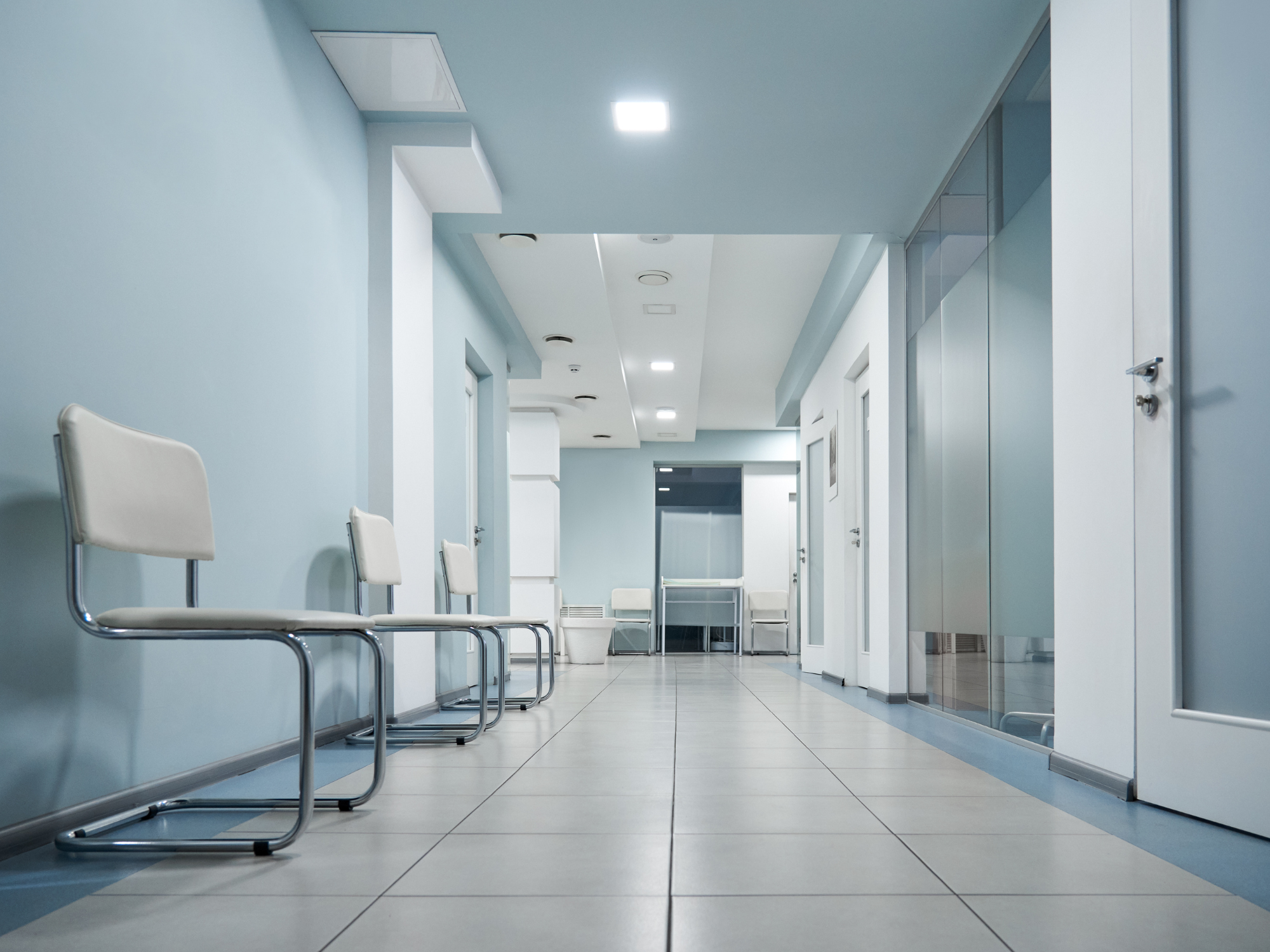Effective lease management is crucial for the healthcare industry, as it relies heavily on leasing equipment and facilities to operate. Healthcare leasing enables providers to access the necessary assets, from MRI machines to hospital wings, without major upfront capital expenses. However, extensive, complex and diverse lease portfolios and the implementation of IFRS 16 (AASB 16) make the process more challenging. Healthcare finance professionals and asset and lease managers now face heightened compliance risks and administrative burdens.
It is evident that healthcare organisations need to have effective strategies in place to optimise lease management. In this article, we explore key strategies that healthcare facilities can employ to navigate lease accounting complexities and achieve efficient lease management. These can help with regulatory adherence and also contribute to financial sustainability, allowing healthcare facilities to focus on their primary mission - delivering high-quality patient care in a cost-effective and efficient manner.
To optimise their healthcare leasing, providers should focus on these key areas:
-1.png?width=2000&height=1500&name=Nomos%20One%20(1)-1.png)
Centralise lease data
One of the first steps in effective healthcare leasing is to centralise all lease information. Gathering all lease-related documentation in one place is vital for compliance and decision-making. Healthcare entities can streamline lease data and gain visibility into their entire lease portfolio by creating a comprehensive database.
This centralised approach makes the information easily accessible to relevant stakeholders while also helping to ensure that lease terms, payments, and important dates are readily available, minimising the risk of missed deadlines or penalties. A healthcare lease management software solution can help consolidate information on leased assets, terms, payments, and expenses, as manually gathering this information across a health system proves extremely difficult.
Conduct a lease inventory and regular audits
Healthcare providers often have a multitude of leases, ranging from medical equipment leases to office spaces. Conducting a thorough lease inventory is crucial to understand all leased assets clearly. This inventory should include details such as lease terms, renewal options, and lease classification, enabling healthcare organisations to make informed decisions regarding lease renegotiations or terminations.
In addition, to maintain lease compliance and optimise lease management, healthcare organisations should conduct regular lease audits and reviews. These audits help identify any discrepancies or non-compliance issues, enabling prompt corrective actions. Regular reviews also provide opportunities to evaluate lease agreements, identifying areas for cost savings or process improvements.

Leverage technology for streamlined lease administration
Healthcare lease tracking software can significantly simplify the lease accounting and lease management processes for healthcare organisations. Investing in a robust lease tracking system can help healthcare finance teams manage leases more effectively, automate lease calculations, generate accurate financial reports, and help promote compliance with IFRS 16 (AASB 16) lease accounting standards.
Such systems often have the capability to give real-time updates on lease agreements, lease payments, and critical dates in the lease lifecycle, such as lease commencement and termination, renewal notice periods or purchase options. Setting calendar reminders and alerts for critical dates will help healthcare providers make timely decisions and avoid penalties. By utilising modern software solutions, the healthcare sector can streamline its lease management processes, reduce the risk of manual errors, and enhance financial transparency.
Optimise equipment leases for efficiency
Medical equipment plays a pivotal role in healthcare operations, and efficient management of medical equipment leases is paramount. Consider the example of a hospital leasing advanced diagnostic equipment. Implementing a strategic approach involves evaluating lease terms, considering technological advancements, and planning for equipment upgrades. This helps ensure that healthcare providers maintain state-of-the-art medical capabilities while optimising costs—a balance exemplified by leading institutions focused on long-term equipment value. Thus, healthcare facilities should adopt a proactive approach to equipment lease optimisation, considering factors like maintenance costs, technological obsolescence, and the need for upgrades. Implementing a lifecycle approach to equipment leases ensures that healthcare providers maximise value while maintaining cutting-edge medical technology.

Patient-centric space utilisation
Effective healthcare lease management extends beyond regulatory compliance and equipment considerations – it also encompasses space utilisation for enhancing patient care. Take the case of a growing outpatient clinic strategically managing leased spaces. By analysing lease agreements and adapting space usage to meet patient demand, healthcare providers can create patient-centric environments that improve accessibility, streamline workflows, and elevate the overall patient experience. Healthcare facilities should strategically allocate and utilise physical space to accommodate evolving patient needs. This involves analysing lease agreements for office spaces, clinics, and other facilities to ensure optimal usage, cost-effectiveness, and compliance with healthcare regulations.
Develop strong lessor relationships
Building strong relationships with lessors (and vendors) is essential for successful healthcare leasing. Regular communication and negotiation with lessors can help healthcare facilities secure favourable lease terms, such as reduced rental rates or flexible payment schedules. Strong vendor relationships also facilitate efficient lease administration, ensuring prompt responses to lease-related queries or issues.
Expense forecasting and continuous optimisation
Looking ahead at expected lease costs over the term is essential for accurate budgeting and financial planning. Healthcare providers can model out projected lease expenses based on commencement dates, payments, term lengths, and asset useful lives. Moreover, as a healthcare provider's portfolio evolves, so should its lease strategy. Underutilised leased assets should be consolidated or terminated early to reduce costs. Upcoming renewals are an opportunity to negotiate better lease terms. Evaluating options to buy, renew, or restructure leases should be an ongoing initiative.

Effective healthcare leasing requires a strategic and holistic approach. By employing the strategies outlined above, healthcare organisations can easily navigate the complexities of lease management in the healthcare sector. More importantly, with a solid lease management system and reliable lease accounting software in place, healthcare lease managers and finance professionals can access the data, insights, and tools to make lease decisions that drive cost savings, operational efficiency, and regulatory compliance. Automating lease management frees up staff to focus on high-value initiatives that enhance patient care and the bottom line.
If you are a healthcare provider wanting to transform your financial operations and optimise your lease management practices, contributing to financial stability and operational efficiency, explore our healthcare lease management software today!























